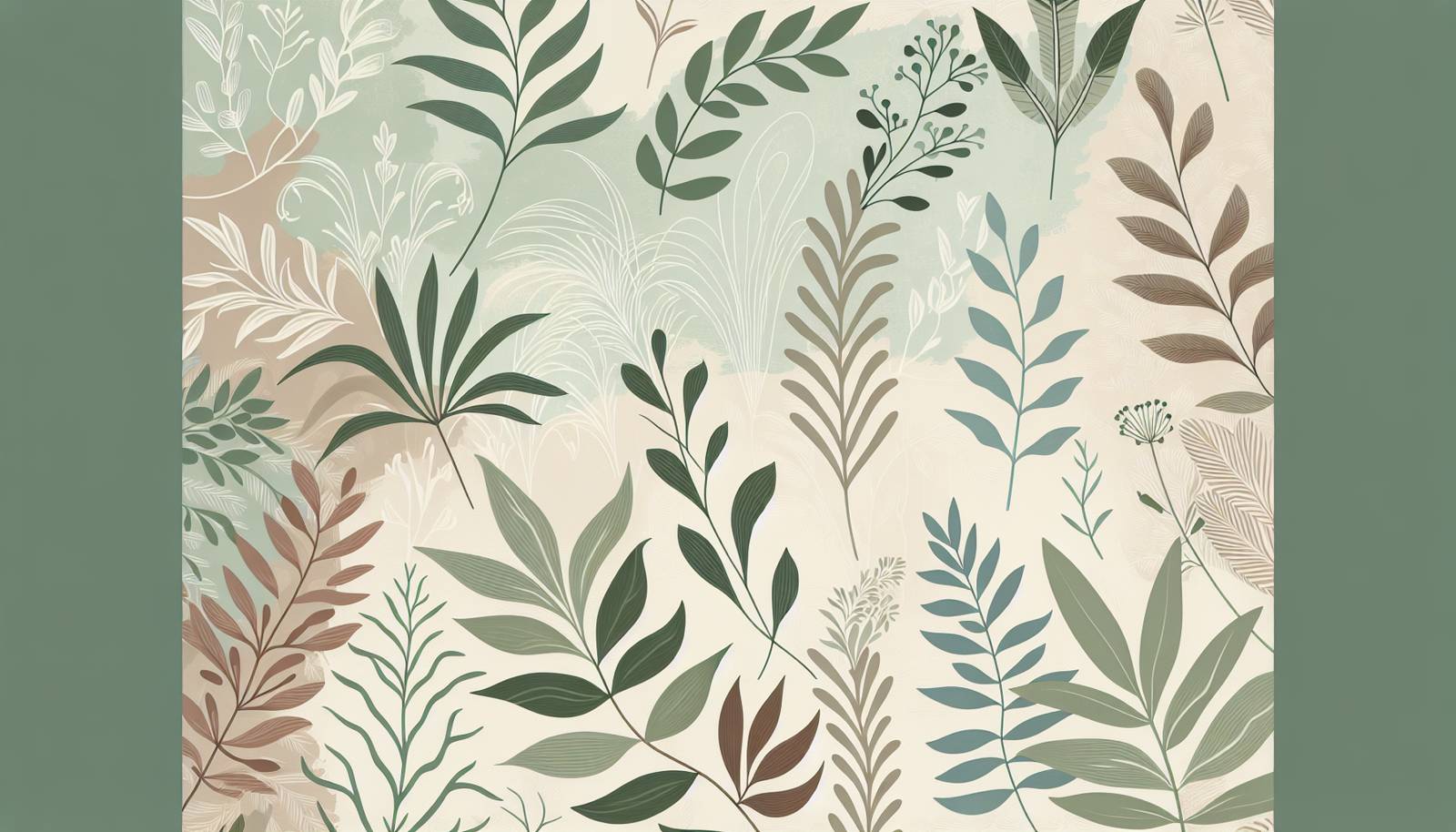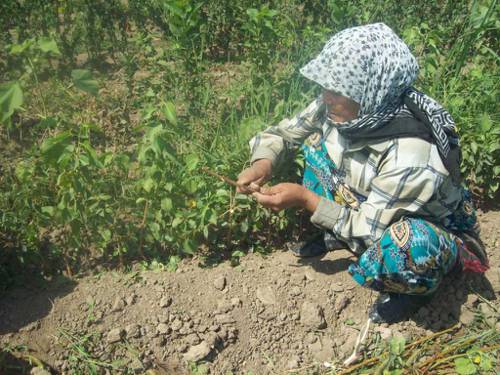
FAQ About Indoor Plant Grafting for Creative Combinations

What is indoor plant grafting?
Indoor plant grafting is a horticultural technique where tissues from one plant are inserted into those of another so that they can grow together. It's usually done to combine the best features of two different plants, such as improved aesthetics or unique growth traits, enhancing the overall appeal of your indoor plant collection.

Why is indoor plant grafting used?
Indoor plant grafting is used for several reasons. It allows gardeners to combine desirable traits from two plants, such as robust rootstocks with aesthetically pleasing scions. This can lead to enhanced disease resistance, better growth habits, and even the creation of unique and appealing plant combinations not found in nature.

Which indoor plant species are suitable for grafting?
Many indoor plant species can be successfully grafted. Cacti and succulents are popular choices, as are certain fruit trees like citrus that are grown indoors. Typically, plants within the same family or genus have a higher chance of successful grafting due to their biological compatibility.

Can you graft any two indoor plant species together?
No, not every combination of indoor plant species will be successful. Grafting is generally more successful between plants that are closely related, such as within the same genus. Other combinations may not take due to differences in plant tissue compatibility and growth requirements.

What basic tools are needed for indoor plant grafting?
The basic tools required for indoor plant grafting include a sharp knife or grafting tool, grafting tape or rubber bands to secure the graft, and sometimes grafting wax to seal the graft area. Hygiene is crucial, so ensuring your tools are sterilized is essential to prevent disease transmission.

How do you prepare plants for grafting?
To prepare plants for grafting, you should ensure both the scion and rootstock are healthy and compatible. The cut surfaces should be clean and freshly cut to maximize the chances of successful grafting. Proper hydration and sanitation of the plants help prevent stress and infections.

What are some successful examples of indoor plant grafting combinations?
Successful examples of indoor plant grafting include grafting a colorful, flowering scion onto a hardy rootstock like a common cactus. Another example is grafting variegated foliage onto a strong-growing variety to create striking visual appeals. Citrus plants are also popular candidates, merging different citrus varieties can yield prolific hybrid fruiting plants.

What is the best time of year to perform indoor plant grafting?
The best time to perform indoor plant grafting is during the active growing season, typically in the spring or early summer. During this time, plants are metabolically active and can heal and merge tissues more effectively compared to dormant periods.

Are there risks involved in indoor plant grafting?
Yes, there are risks associated with indoor plant grafting. These include possible infections, rejection of the graft, and poor healing. Choosing healthy plant material, maintaining proper hygiene, and following correct grafting techniques can minimize these risks.

How long does it take for a grafted indoor plant to heal?
The healing time for a grafted indoor plant can vary depending on the species and environmental conditions. Generally, you can expect initial healing to occur within a few weeks, but full integration into a single organism may take several months.

What care do grafted indoor plants need after grafting?
After grafting, indoor plants need careful monitoring to ensure the graft takes. This includes maintaining appropriate moisture levels, shielding the plant from extreme conditions, and gradually returning to normal care routines once the graft shows signs of successful growth.

Can grafting be used to repair damaged indoor plants?
Yes, grafting can sometimes be used to repair damaged indoor plants by splicing healthy tissue onto a have plant, effectively bypassing damaged areas and restoring growth potential.

Are there any signs that indicate grafting was successful?
Signs of successful grafting include the growth of the scion and adherence at the graft junction. Healthy, new leaves, and active growth from the graft point usually indicate a successful graft union.

Is indoor plant grafting difficult to learn?
Indoor plant grafting can be challenging to master without practice, as it requires precision and knowledge of specific plant habits and needs. However, with practice and guidance, hobbyists can successfully learn and apply grafting techniques to their indoor plants.

What are some common mistakes to avoid in indoor plant grafting?
Common mistakes in indoor plant grafting include using unhealthy plant material, poor alignment of grafted parts, and inadequate securing of the graft joint. Ensure proper technique to align vascular tissues and maintain hygiene to prevent these issues.

Is it necessary to seal the graft site in indoor plant grafting?
Sealing the graft site is often necessary to prevent dehydration and infection. This can be done using grafting tape, wax, or other sealing materials to protect the exposed plant tissue during the healing process.

Can grafted indoor plants produce fruit or flowers?
Yes, grafted indoor plants can produce fruit or flowers if the graft involves reproductive tissue like flower or fruit-bearing parts. For example, grafted citrus plants often continue to produce fruit as long as the scion is fertile and healthy.

Are grafted indoor plants more susceptible to diseases?
Grafted indoor plants are not inherently more susceptible to diseases, though care should be taken to use disease-free materials and to sterilize tools. Proper care and maintenance post-grafting will also reduce disease risks.

How do you know which plants are compatible for grafting?
Compatibility for grafting usually requires plants to be closely related, often within the same genus. Research and guides from botany resources can help determine compatibility, as can experimentation under controlled conditions.

Can environmental factors affect the success of indoor plant grafting?
Yes, factors such as temperature, humidity, and light can significantly affect grafting success. Optimal conditions promote healing and graft union, so it is important to provide a stable environment free from stress factors.
